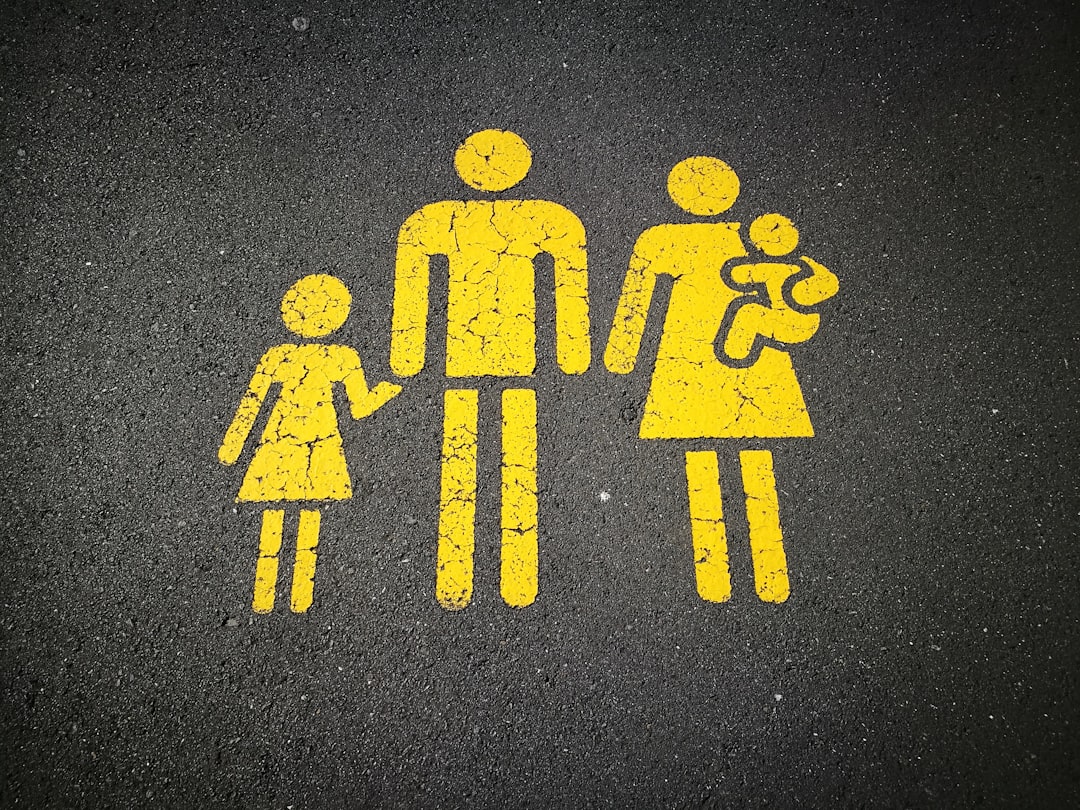What is it about?
Research on trauma has been transformed by recognizing the importance of dose—our cumulative lifetime burden of trauma (versus experiencing any one type). Now the concept of dose is poised to transform resilience research too. The latest science suggests higher doses of strengths can counteract even large doses of trauma.
Featured Image

Photo by Jeremy Bishop on Unsplash
Why is it important?
Trauma is pervasive—even in wealthy countries with substantial social safety nets. And the pandemic has added to the trauma burden of all of us. We need better ways to overcome trauma, now more than ever.
Perspectives
In my own career, I first focused on a single form of trauma—domestic violence. Then, I helped develop one of the first dose concepts, poly-victimization. However, now the focus of my work has moved beyond risk factors and consequences. People don’t want to be defined by their trauma, and it’s possible to thrive despite even high levels of trauma. I think helping people figure out how to do that is the top research priority, and I’ve shifted the focus of my research to that, especially trying to identify the under-appreciated strengths of marginalized communities.
Sherry Hamby
University of the South
Read the Original
This page is a summary of: Recognizing the cumulative burden of childhood adversities transforms science and practice for trauma and resilience., American Psychologist, February 2021, American Psychological Association (APA),
DOI: 10.1037/amp0000763.
You can read the full text:
Contributors
The following have contributed to this page










